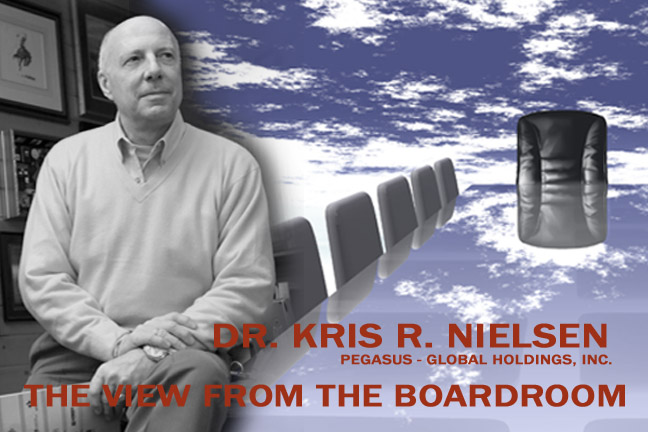Howdy!
In the middle of October I attended the ASCE (American Society of Civil Engineers) Industry Leaders Council meeting in Washington DC. Generally the discussions were centered on issues of infrastructure spending and sustainability. The ASCE 2009 Report Card for America’s Infrastructure had given the nation’s infrastructure an overall grade of “D – Poor.” the report was widely quoted by politicians as a justification for spending additional stimulus funds on public works projects earlier this year.
One of the underlying themes of attendees was related to the ASCE 2009 Report Card for America’s Infrastructure (see www.asce.org/reportcard ) and the $2.2 Trillion that is estimated to solve the nation’s infrastructure crisis. That led me to ask myself this question, “Will the current heightened awareness and spending on infrastructure from the “stimulus funds” lead to a sustained funding for infrastructure engineering and construction?”
The attendees did have a healthy discussion on the concepts of sustainability. Some of the discussions nearly got to the real problem. But engineers generally think about the problems in executing design and construction of capital projects. They are very good at identifying problems in publications like the Infrastructure Report Card, or solving the compliance difficulties presented by carbon reduction mandates. Getting from concept to execution is a different matter.
After listening to most of the industry leadership I submit that their answer is a resounding no, though not from a lack of money. There was considerable concern over what will happen after the Stimulus Funding expires. In fact, it is estimated that $35 trillion will be spent globally in the next two decades with $180 billion annually in all of North America alone. The main issue continues to be a unified lack of vision.
Green building 'LEEDS' the discussion.....
The discussion turned from sustainability to green building concepts such as the LEEDS design standards. Everyone recognizes that LEEDS standards only applied to design, predominantly in the area of energy use reduction – an important consideration as 40% of all energy US is used to heat, cool and operate buildings. However, there are no execution and operation standards within LEEDS to assure long term compliance with energy efficiency mandates. There are no metrics provided to measure the effects of energy reduction, and certainly no recognition that energy reduction is not synonymous with infrastructure sustainability, only partially so. I should note here that the ASCE will be announcing sustainability definitions applicable to infrastructure this week.
The group did not display a convincing vision of infrastructure in a sustainable, energy reducing and “green” future. It is a fine example of not thinking out of the box – a passé catch phrase – but appropriate. Even firms in the energy sectors (Power Generation companies and the Oil & Gas industry) are thinking more expansively!
For example through the use of good engineering practices the nuclear power industry has improved efficiency, adding the power generation equivalent of 26 new nuclear generating facilities. These improvements have also enabled the US Nuclear Regulatory Agency to increase the useful life for our older plants from 40 years to 60 years. But the real result is that we did not have to build 26 plants powered by any source of fuel.
In Oil & Gas boardrooms we are seeing executives being instructed to re-visit strategic business models. As a result the largest investment in green energy has been by these energy companies. These changes might be driven by various economic factors but each has in common the fact that societal perception drove the initial changes from the bottom up, not the top down. Thus my concern about the lack of a unified vision for the future.
For instance, our perception of smoking cigarettes and using seat belts were changed by a generation of younger activists “getting on our case.” Now they have turned their attention to green power and energy efficiency. Do they possess a common vision and a set of goals which our contemporaries do not have? Our actions in the future will tell.
I addressed the issues of “just doing the same old things” in a keynote address in Japan (see A Management System for Infrastructure Construction; Meeting the Needs of the Next Two Decades at the International Symposium of the Society for Social Management Systems, in Kochi, Japan, March 5-8, 2009) in regards to infrastructure engineering and construction).
If our response to mandates for infrastructure sustainability, green power and fuel efficiency standards are merely to re-write the standards of the past, we will fail to provide the sustainability and green future that people desire and need. Remember that our grandparents rarely traveled 300 miles from their homes. Now we ride high speed rail and cover 300 miles more quickly than if we drive to an airport, park, wait through the security delays, suffer schedule delays, and then travel from the airport to our final destination.
We need transformational concepts for engineering and construction so that we truly meet the mantra of ASCE – “Building the quality of life.”

